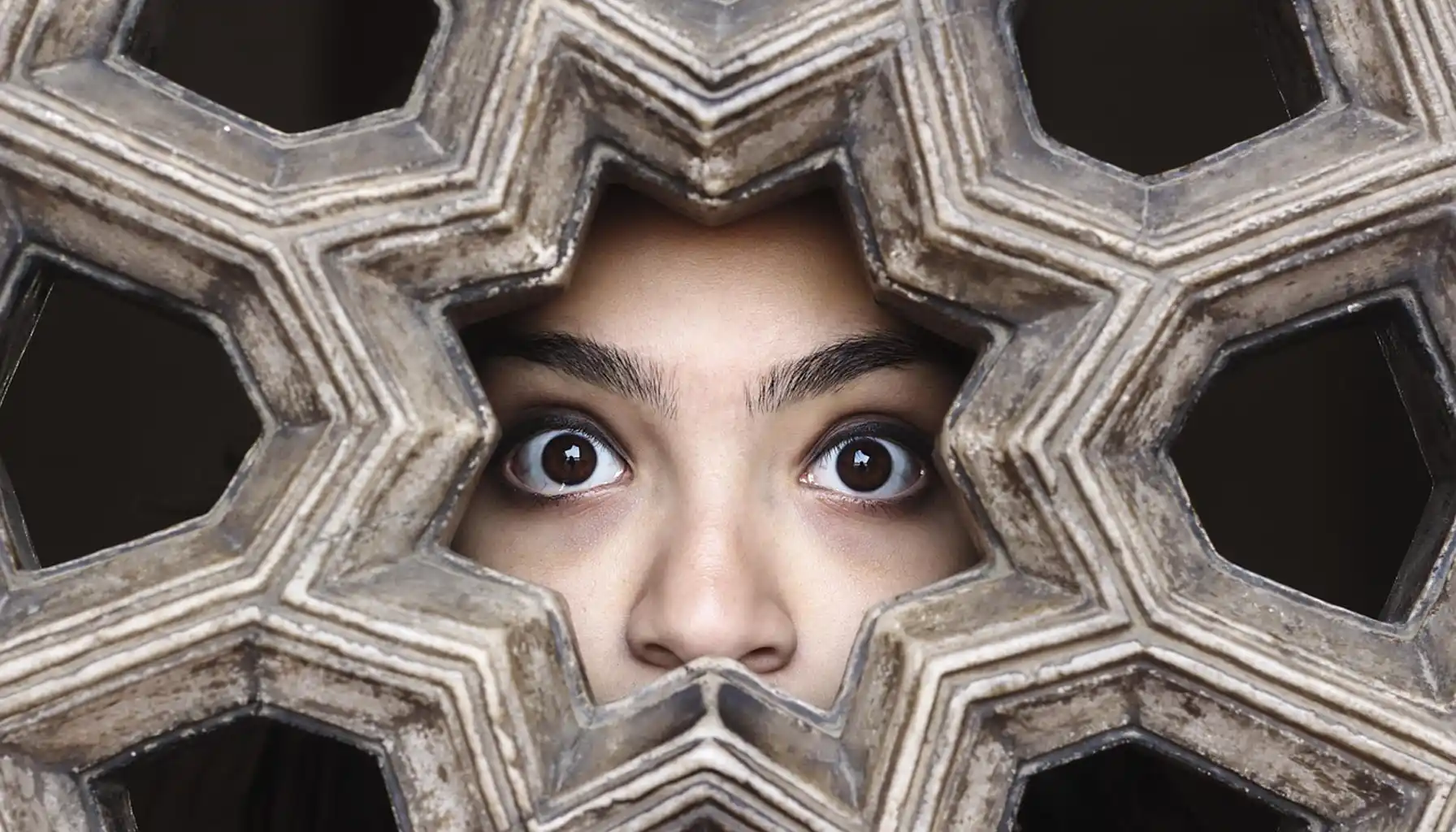Contents:
Feet. They carry us everywhere, and for some people, they even become the source of inspiration and literal obsession conveyed through their art. Nonetheless, not all people feel the same. Sometimes, even the most natural body parts (if we can say so) may overwhelm, yet not in a good way.
However small this issue may seem, for those who suffer from the fear of feet, it can be intense and disruptive – the fierce force that destroys you from the inside. It usually affects daily routines, social interactions, let alone personal relationships. But what is the fear of feet called, how does it manifest, and which brain training techniques to employ so as to get rid of the problem once and for all?
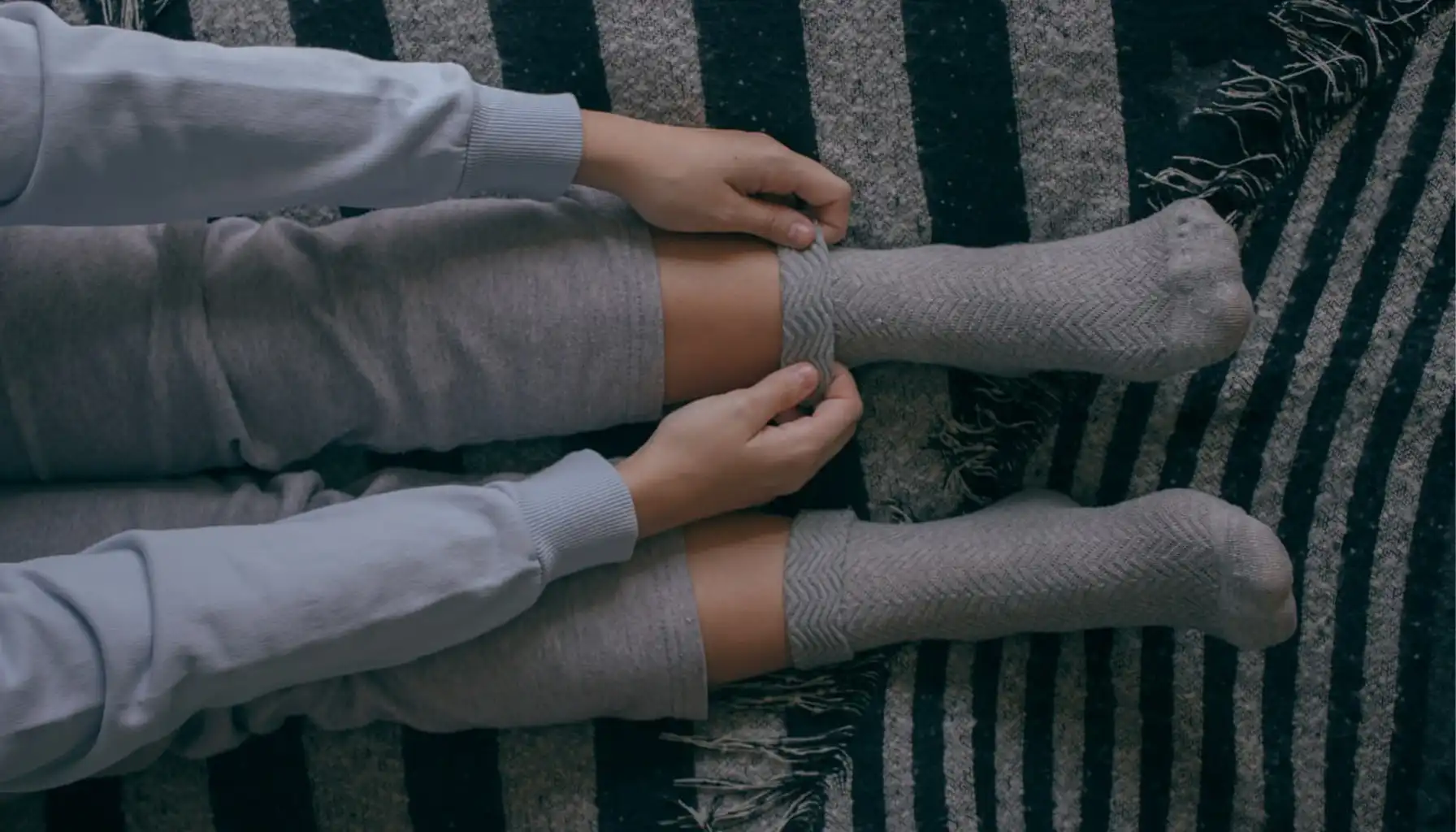
What Does Podophobia Mean?
Today, we are not going to share the insights that are not related to the clinical sphere – we promote evidence-based medicine only, and here is what the global healthcare service knows about the podophobia meaning.
So, what is podophobia? Podophobia is the medical term that comes from the Greek roots “podo”, meaning foot, and “phobia”, meaning fear. When put together, this refers to the irrational, quite devastating fear of feet, which usually triggers anxiety, panic, and even avoidance behaviors in those affected. It is not about uneasy feelings that can be managed on the spot – it is a real problem that needs medical attention.
This phobia can manifest in various ways. Some people may feel extreme discomfort when seeing bare feet, others may be anxious about touching feet or even thinking about them. In all cases, it is a rare condition that impacts daily life and emotional well-being in general.
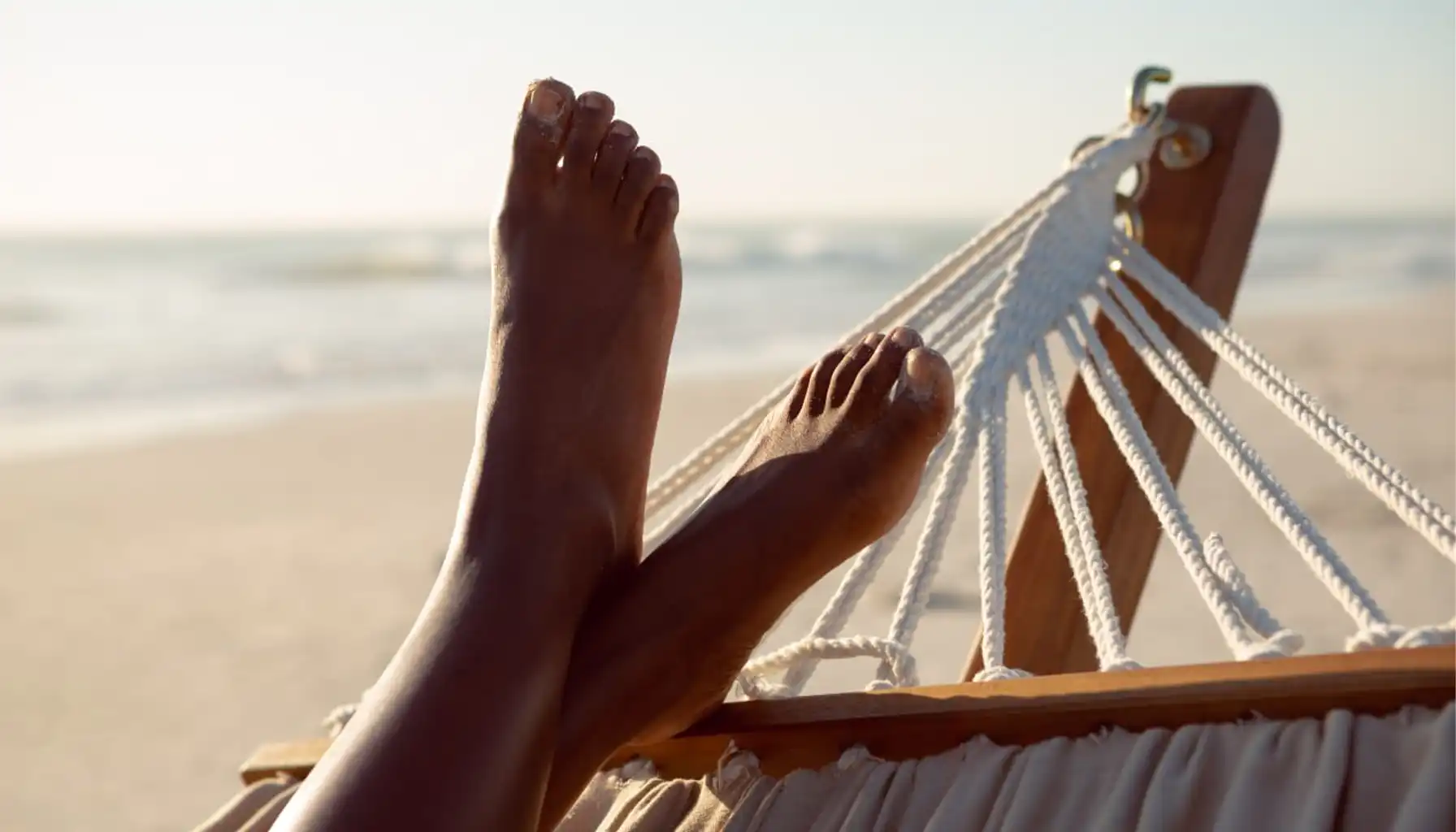
What Is Hidden Behind the Fear of Feet: Causes and Triggers
The roots of the fear of feet phobia can be different, and it is quite obvious, thanks to the various personal experiences and unique traits that can be either innate or acquired. So, here are a few most basic reasons why one may develop podophobia one day:
Past Trauma or Negative Experiences: A distressing event involving feet, such as an injury, infection, or uncomfortable encounter, can leave a lasting mark on one’s identity and their attitude toward feet.
Learned Behavior: Observing someone else expressing fear or disgust toward feet, especially during childhood, can influence the development of podophobia. This is probably one of the most definitive aspects after the first-mentioned one.
Genetic or Biological Factors: Some people may have a genetic anxiety, which usually makes them more susceptible to developing phobias.
Psychological Conditions: Podophobia can sometimes be associated with other mental health conditions, such as generalized anxiety disorder, obsessive-compulsive tendencies, avoidant personality disorder, SAD, or the like.
Among the common triggers that can activate this fear are direct visual or physical contact with feet, such as seeing bare feet in public places or being asked to touch them. Even indirect exposure may be overwhelming and just "too much" to do. These might be about the texture, shapes, uncleanliness, smells associated with feet that boost the discomfort and lead to panic, anxiety, and fear.
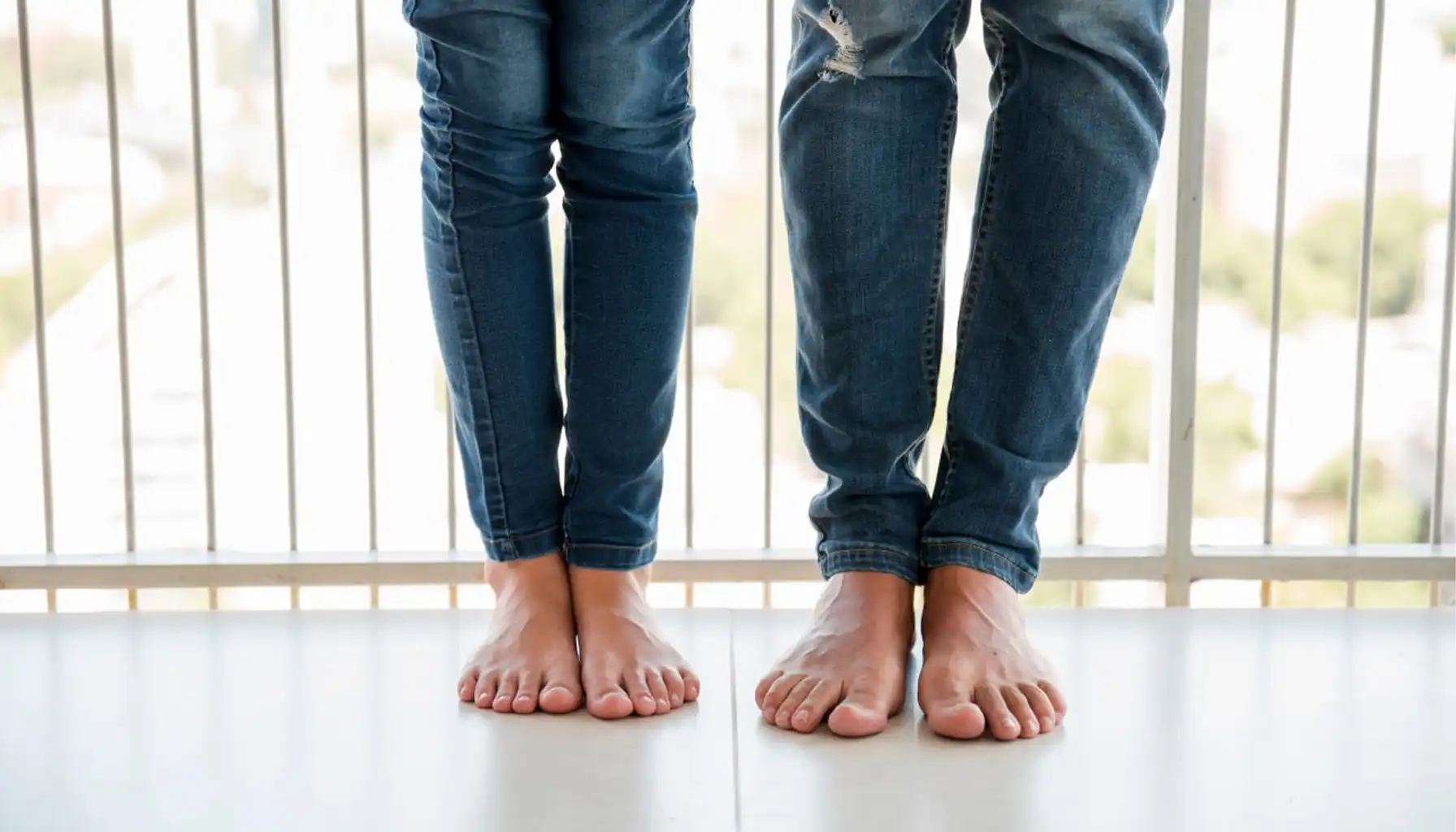
Symptoms of Podophobia
The podophobia definition presupposes that there is a wide range of spheres where this fear may be manifested. These include physical, emotional, and behavioral ways, which should differ from person to person. Nevertheless, even mild cases are influential enough to interfere with daily life and mental well-being, too – mitigating them on time is vital anyway. But which symptoms to pay attention to?
Category | Symptoms | Description / Examples |
Physical | Rapid heartbeat/palpitations | The heart races when seeing, touching, or thinking about feet. |
Sweating, trembling, or shaking | Involuntary bodily reactions due to anxiety. | |
Nausea or dizziness | Feeling sick or lightheaded in response to foot stimuli. | |
Shortness of breath/hyperventilation | Breathing becomes shallow or rapid. | |
Muscle tension/fight-or-flight response | The body prepares for perceived danger, which causes stiffness or restlessness. | |
Emotional | Intense anxiety or fear | Overwhelming dread specifically triggered by feet. |
Panic attacks | Sudden onset of extreme fear with physical symptoms. | |
Obsessive thoughts | Repeated, intrusive thoughts about feet. | |
Difficulty concentrating | Anxiety interferes with focus and daily tasks (may be mistaken for ADHD symptoms). | |
Behavioral | Avoidance | Avoiding situations where feet may be visible (beaches, gyms, social gatherings). |
Refusal to touch or be near the feet | May include one’s own feet in severe cases. | |
Wearing shoes or socks at all times | Even in situations where it is unusual or uncomfortable. | |
Extreme protective measures | Using objects or barriers to prevent contact or sight of feet. |
A Quick Diagnosis
How Diagnosis Works in Clinical Settings
The only true way to make sure you have podophobia is to be diagnosed by a licensed mental health professional, such as a psychologist or psychiatrist. The process usually takes place in a clinical or therapeutic setting, where the specialist conducts a thorough assessment of your emotional responses, thought patterns, and behaviors related to feet.
During an appointment, the professional may:
Take a personal and medical history to rule out other anxiety-related conditions.
Ask questions about specific situations that provoke fear or discomfort.
Assess the intensity and duration of the fear, including how it affects daily life (sometimes, it might not be obvious in the moment)
Use standardized questionnaires or scales to measure levels of anxiety and avoidance.
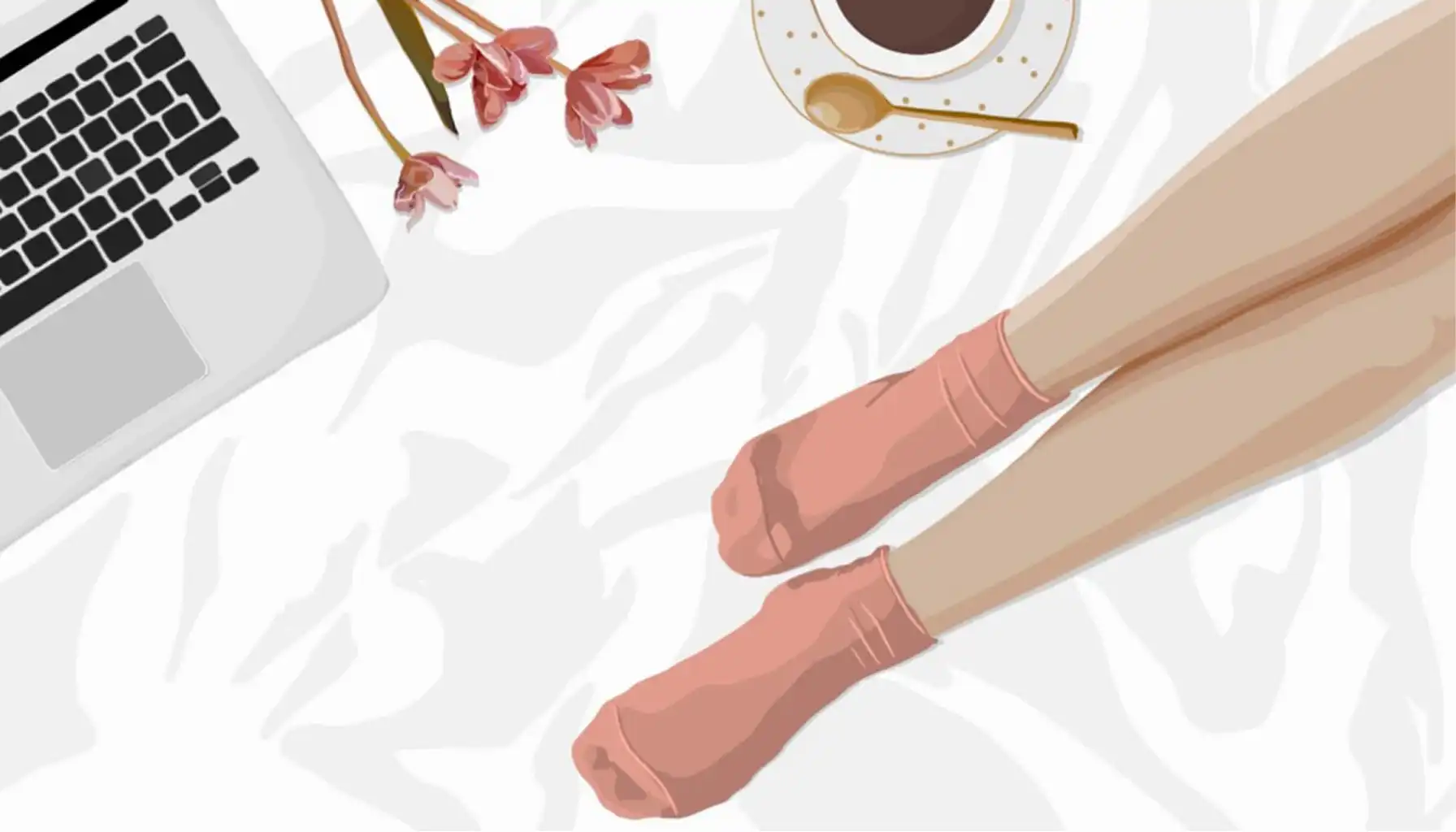
Should the fear be persistent, it may be classified as a specific phobia under anxiety disorders. The goal is to understand the exact root of the fear and develop a suitable treatment plan.
Let Us Run a Quick Podophobia Test
Mind that this quick self-check is not a medical diagnosis – it is only a personal reflection tool for you to recognize possible signs and understand your emotional reactions before visiting a doctor.
Question | Your Response |
Do you feel anxious, disgusted, or uneasy when seeing someone’s bare feet? | ☐ Never ☐ Sometimes ☐ Often ☐ Always |
Do you avoid places like beaches, pools, or spas because of exposed feet? | ☐ Never ☐ Sometimes ☐ Often ☐ Always |
Does the thought of touching or being touched by feet cause you discomfort or panic? | ☐ Never ☐ Sometimes ☐ Often ☐ Always |
Do you experience physical reactions (sweating, rapid heartbeat, nausea) around feet? | ☐ Never ☐ Sometimes ☐ Often ☐ Always |
Has this fear ever affected your relationships, work, or social life? | ☐ Never ☐ Sometimes ☐ Often ☐ Always |
If you answered “Often” or “Always” to most of these questions, you might be having podophobia. Anyway, it could be beneficial to discuss your experiences with a mental health professional as soon as possible to find an appropriate way to get rid of it for good.
Conquering the Fear: Steps to Break Free
Step 1. Seek Professional Help
First things first, one should definitely appeal to a licensed therapist or psychologist to get through evidence-based treatments such as:
Cognitive Behavioral Therapy (CBT): Helps you identify and reframe irrational thought patterns related to feet.
Exposure Therapy: Gradually introduces you to fear triggers in a safe environment under the supervision of a healthcare specialist.
Desensitization Techniques: Combine relaxation methods with controlled exposure to help the mind and body adjust efficiently. This is what professionals do to make your experience less traumatizing.
Step 2. Practice Relaxation Techniques
Your body also needs attention, for it cannot function well without staying connected to your mind. Managing anxiety always begins with calming your body’s responses, so try the following:
Deep breathing or meditation to steady your heart rate.
Progressive muscle relaxation to reduce physical tension.
Mindfulness meditation exercises to stay in the present moment and find resources to move on.
Brain-training games like Mind Elevate to train focus, attention, and certain vital skills to make your cognitive functions more flexible and open to further treatment. The brain is like a muscle – it loves training, too.
Step 3. Challenge Negative Thoughts
Podophobia often thrives on exaggerated fears or learned disgust. Keep a journal of your thoughts and note how realistic they are. Replace them with more sound, realistic perspectives, and remember that feet are just another part of the body that helps you live.
Step 4. Take Gradual Steps
Avoiding the source of fear is not the option. Instead, start small:
Look at pictures of feet.
Watch a short video where feet are visible.
Gradually expose yourself to real-life situations, such as being barefoot or around others who are. Practice makes perfect.
Step 5. Maintain Self-Care
Everyone needs adequate sleep, regular exercise, and a balanced diet to stay emotionally stable. When your body feels well, you are well – that is the truth.
Fear may live in the mind, and so does strength. Take your time to defeat the phobia and rest assured: you will beat it one day!


